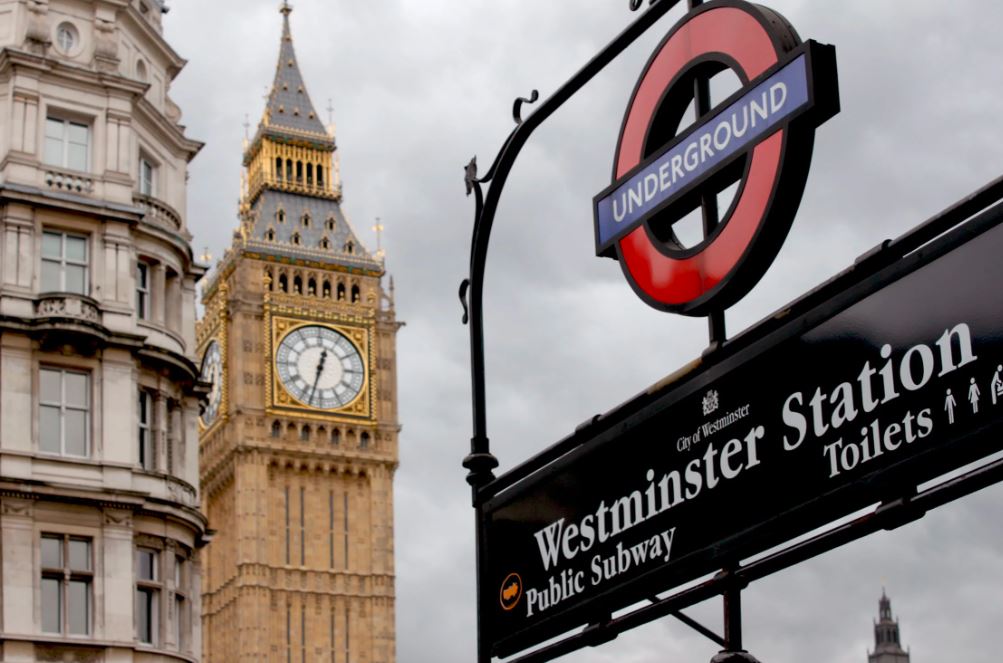MPs who lose their seats in the next general election are set to receive a bumper payout of almost £20,000 – double the current rate for exiting members of parliament.
The more than 70 MPs standing down at the next election will also receive the £19,756 payment – equivalent to four months pay compared to the current severance of two months’ pay.
This is on top of the “loss-of-office” payment given to MPs in Westminster for at least two years – which the Guardian states is “twice the rate of statutory redundancy pay.
Cabinet ministers’ redundancy pay is £16,876.
The Independent Parliamentary Standards Authority (IPSA) – that rules on MPs salaries and expenses – said the current level of severance pay is not enough. Their conclusion follows a public consultation that was completed in June.
Given IPSA has the power to set the rules itself, MPs will not have to vote to accept the changes.
The change means MPs who lose their seats or stand down at the next general election will get four months’ severance pay instead of the current two months – worth £19,756 compared to £9,878.
MP can also claim separately for the costs of closing down their constituency office, including the salaries and pensions of their staff, returning equipment, transferring constituency casework and managing staff redundancies.
Because of constituency boundary changes at the next election, the handover process to incoming MPs could be more complicated, IPSA found. The watchdog said their experience showed the overall process takes longer than two months thereby justifying the increase.
The boundary changes will create new seats and abolish old ones. For example, the number of MPs from Wales will be cut by a fifth – from 40 to 32 at the next election.
So far, 75 MPs have stated they will stand down at the next general election – 50 of whom were elected Conservative MPs, 14 Labour and seven SNP,
Many high profile politicians who have dominated headlines since the last election are among the number, including defence secretary Ben Wallace; erstwhile deputy PM, foreign secretary and justice secretary Dominic Raab; Sajid Javid the former chancellor, health secretary and home secretary; ex-health secretary and I’m a Celebrity Get Me Out of Here contestant Matt Hancock; chairman of the 1922 Committee Sir Graham Brady; and, Nadine Dorries, former culture secretary who resigned “with immediate effect “ more than two months but is still an MP.
Ian Blackford, the SNP’s former Westminster leader is also stepping down. Labour’s Margaret Becket, the UK’s first female foreign secretary, said she will not stand, as too, Harriet Harman – the longest continually serving female MP in the Commons – who will not contest the London seat she has held since 1982.
Sky News states the average number of MPs standing down at general elections between 1979 and 2019 was 85. The highest number was In 2010 when 149 MPs did not contest their seats, followed by 1997 when 117 MPs stood down.
Those elections were outliers because they followed a period of economic turmoil after more than a decade of one party being in government combined with new constituency boundaries – all elements of the next general election which must be held sometime between now and January 2025.




